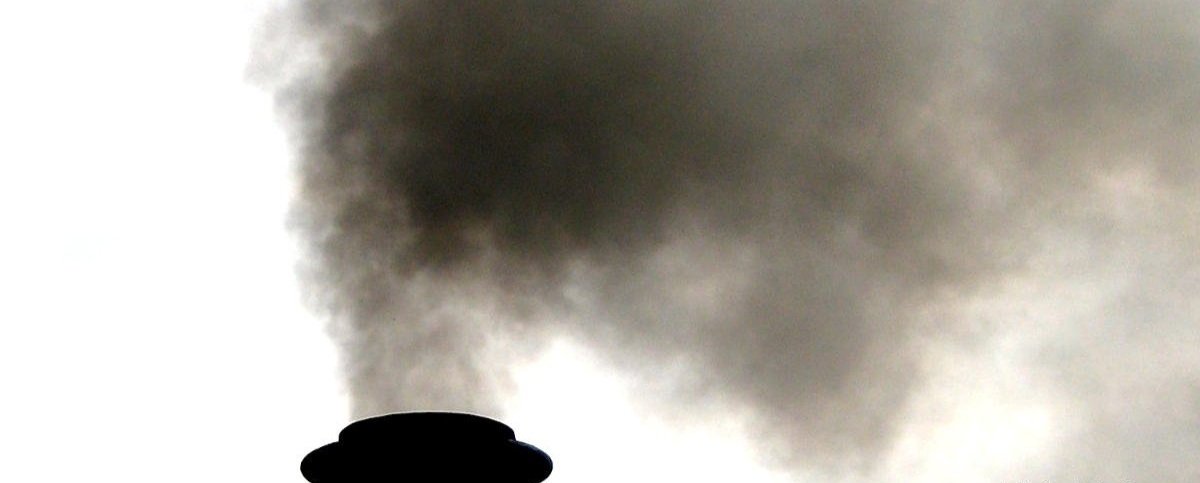
Air pollution at a glance
What pollutants do we monitor, where do they come from, and how do they affect people’s health?
Several pollutants, both natural and man-made, contaminate Providence’s air and may contribute to adverse health outcomes, particularly in frontline communities. The EPA regulates several of these “criteria air pollutants,” and Breathe Providence monitors four: ground-level ozone, particulate matter, nitrogen oxides, and carbon monoxide, as well as carbon dioxide. Read below to learn more about the pollutants we monitor, their sources, and the health impacts that they can cause or exacerbate.
Ground-level ozone (O₃)
-
Ground-level ozone forms when nitrogen oxides (NOₓ) and volatile organic compounds (VOCs) react in the presence of sunlight. Ozone is most likely to reach unhealthy levels on sunny days. Wind can also transport ozone over long distances, allowing it to reach far beyond its point of origin.
-
Cars, power plants, refineries, chemical plants, and other industries often emit the pollutants that react to create ozone.
-
Ozone can cause a number of adverse health effects, including coughing, sore throat, difficulty breathing, inflammation of airways, and weakening of the lungs. Ozone can also aggravate lung diseases; people with asthma are among those at the greatest risk of harm from exposure to ozone. Learn more.
Carbon monoxide (CO)
-
Carbon monoxide is a colorless, odorless gas. It is released when something is burned and can be harmful in large amounts.
-
Cars, trucks, and other fossil-fuel-burning machinery.
-
High levels of carbon monoxide prevent oxygen from reaching organs like the heart and brain. Though high CO levels are not common outdoors, elevated levels can particularly affect people with heart disease. Short-term exposure to outdoor CO can still prohibit oxygen from getting to the heart, causing chest pain.
Particulate matter (PM₂₋₅)
-
Particulate matter is a broad term encompassing solid and liquid particles in the air, including dust, soot, smoke and even smaller particles that can only be seen under a microscope. PM is commonly classified by size. For example, PM₂.₅, which we monitor, consists of fine particles with diameters of 2.5 micrometers and smaller. For reference, the diameter of one human hair is about 30 times larger than that of a PM₂.₅ particle.
-
Particulate matter can be emitted from construction sites, unpaved roads, smokestacks, and fires (to name only a few examples). Most PM, however, forms through reactions in the atmosphere. Chemicals that contribute to the formation of PM include sulfur dioxide and nitrogen oxides.
-
When inhaled, PM₂.₅ can lodge deep in the lungs and even enter the bloodstream, potentially causing heart disease, stroke, and respiratory illness. The smaller the PM size, the greater health risk it poses, as particles can more easily enter the body. Long-term exposure to PM can lead to lung cancer. Learn more.
Nitrogen oxides (NOₓ)
-
Nitrogen oxides are highly reactive gasses (including nitrogen dioxide, nitrous acid, and nitric acid) that often form from burning fuel. NOₓ can also react with other chemicals in the air to form ozone and particulate matter—two other harmful pollutants that we are monitoring.
-
Cars, trucks, buses, and power plants.
-
Exposure to NOₓ can irritate one’s airways, aggravating or leading to the development of respiratory diseases like asthma. Symptoms can include coughing and wheezing, sometimes enough to warrant a hospital visit. NOₓ are most likely to harm children, older people, and people with asthma. Learn more.
You can learn more about outdoor air pollution from the Environmental Protection Agency and World Health Organization.
Carbon dioxide (CO₂)
-
Carbon dioxide is a prevalent greenhouse gas: it traps heat in the atmosphere and keeps the planet warm. Though essential to life on Earth, an excess of carbon dioxide is causing global warming.
-
Burning fossil fuels (coal, natural gas, oil) and chemical reactions like the manufacture of cement.




